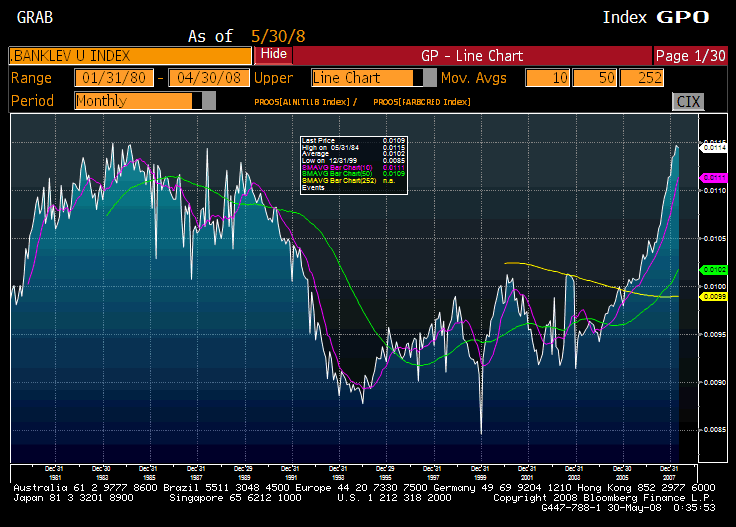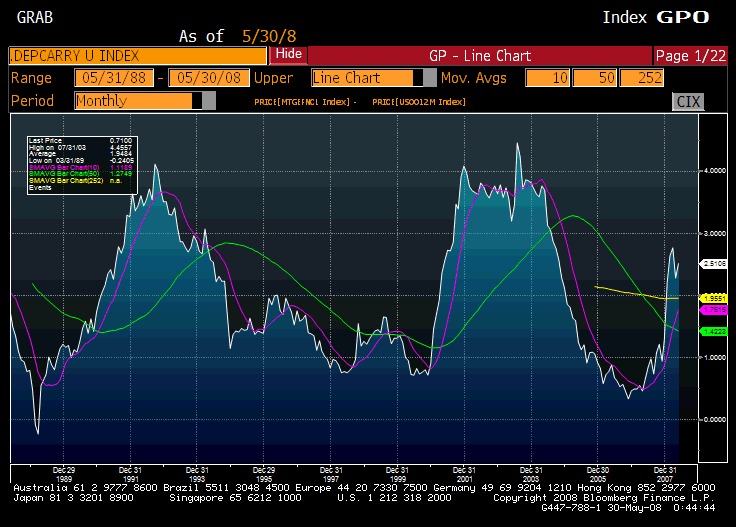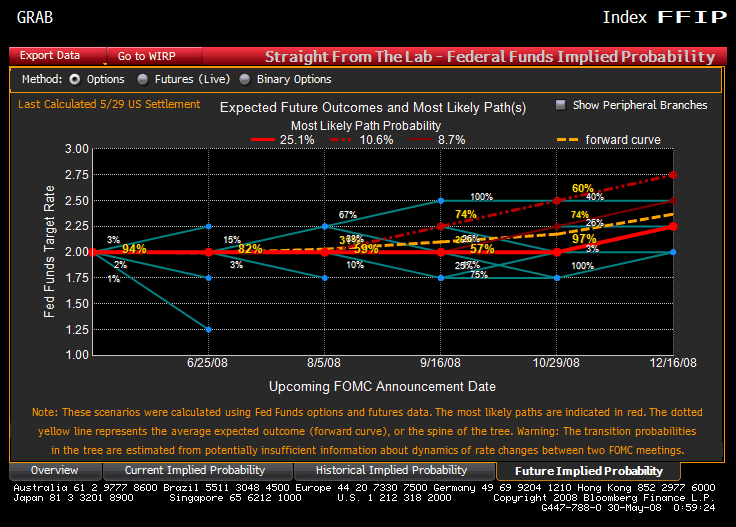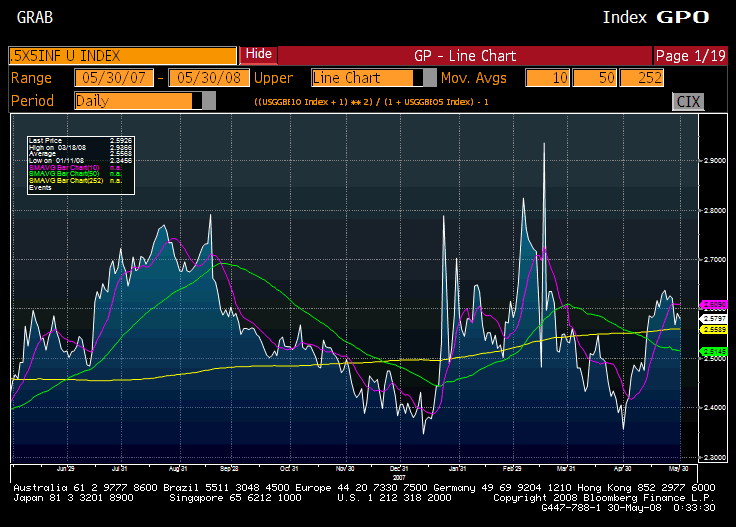Book Review: While America Aged
 Where were you while America aged? 😉 I’ve been following the issues in this book written by Roger Lowenstein for over 20 years. As an actuary (but not a pension actuary) and a financial analyst, I have written about the issues involved since 1992.
Where were you while America aged? 😉 I’ve been following the issues in this book written by Roger Lowenstein for over 20 years. As an actuary (but not a pension actuary) and a financial analyst, I have written about the issues involved since 1992.
Roger Lowenstein motivates the issues surrounding pensions by telling three stories, those of General Motors, the New York City Subway, and the City of San Diego. He captures the essence of why we have pension problems in a way that anyone can appreciate. I sum it up this way: promises today, payments far in the future. Get through the present difficulty, at the price of mortgaging the future.
If you repeat that recipe often enough, you get into a tough spot, as GM is in today. Give GM credit though, a lesser firm would have declared bankruptcy long before now, and shed its pension liabilities to the Pension Benefit Guaranty Corporation [PBGC].
Given the softness of funding requirements for pension liabilities, the easy road for corporations and municipalities has been to skimp on funding pensions, leaving a bigger problem for others to solve 10+ years later. As for municipalities, review my recent post here.
Now, why didn’t the US Government insist on stricter funding standards for pension plans? Because of pushback from corporations and municipalities. The US Government hoped that their funding methods for corporations would encourage the creation of pension plans, and that corporations would be good corporate citizens, and not play it to the edge.
As for municipalities, which are not subject to ERISA, as corporations are, the government assumed that they would act in their best long-term interests. Alas, but governments are run by men, not angels.
I found each of the three stories in the book to be interesting and instructive. They are tales of people aiming at short-term results, while letting the future suffer. In the case of the NYC Subways, the plan sponsors finally fought back. With GM, they accomodated until they were nearly dead. With San Diego, they compromised until it cost them their bond rating, and many people involved got sent to jail.
As any good author would, the book offers a few solutions at the end, but it recognizes as I do, that we are pretty late in this game — there are no “good” solutions. There are solutions that may aid future generations. An example is making municipalities subject to the funding requirements of ERISA. I agree, and add that we should apply that to Federal DB [defined benefit] plans, and Social Security too. This could be our own Sovereign wealth fund, investing overseas for the good of US retirees. (What, there is no money available to do that? What a shock.)
I would also add that the funding requirements specified in ERISA are weak. The standards for life insurance reserving are stronger. The weak standards were there to encourage the creation of DB plans. Well, you can encourage creation, but maintenance is another thing.
A certain level of overfunding is need in good times, hopefully, with discipline not to increase benefits. That overfunding is hard to achieve, because the IRS discouraged overfunding above a certain level, because it did not want companies to shelter income from taxation by contributing to the DB pension plans.
Now, I have also reviewed the book Pension Dumping. Which one is better? For the average reader, While America Aged motivates the topic better, but if you want to dig into some of the deeper issues, Pension Dumping does more.
Full disclosure: If you enter Amazon through a link on my site and buy something, I get a small commission. This is my version of the “tip jar.” Thanks to all who support me.
PS — In some ways, the actuarial profession comes out with a black eye in books like this, and I would say that it is deserved. I don’t believe in professions, per se. Self-regulating guilds/industries are a fool’s bargain. There are no guilds/industries where if you can’t explain it to a bunch of average folks, there should be no cause for discipline from society at large. What stinks to me, is that there is no hint of discipline to any of the actuaries, and other third party consultants from the actions that they took to support the actions of politicians and corporations where they bent and broke pension funding rules. The ABCD? What a joke.



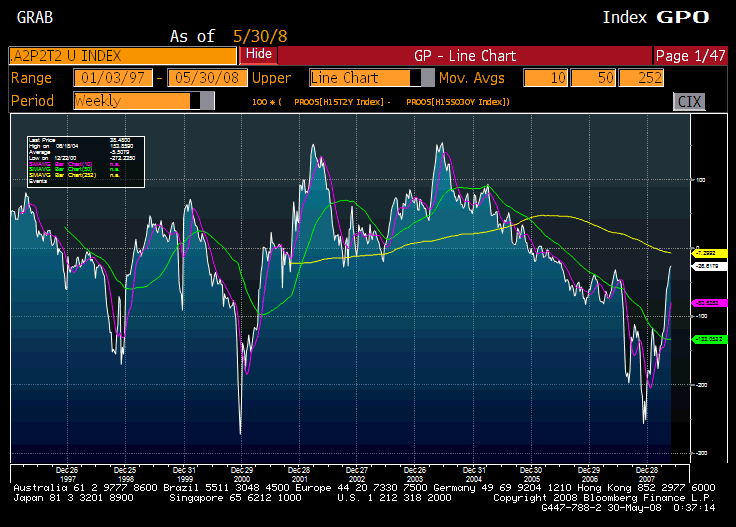 This graph shows the difference between yields on A2/P2 commercial paper and the 2-year Treasury. What this says is that a BBB company can borrow unsecured for a month at 2.7%. Not bad. Now look at the Treasury-Eurodollar [TED] spread:
This graph shows the difference between yields on A2/P2 commercial paper and the 2-year Treasury. What this says is that a BBB company can borrow unsecured for a month at 2.7%. Not bad. Now look at the Treasury-Eurodollar [TED] spread:

